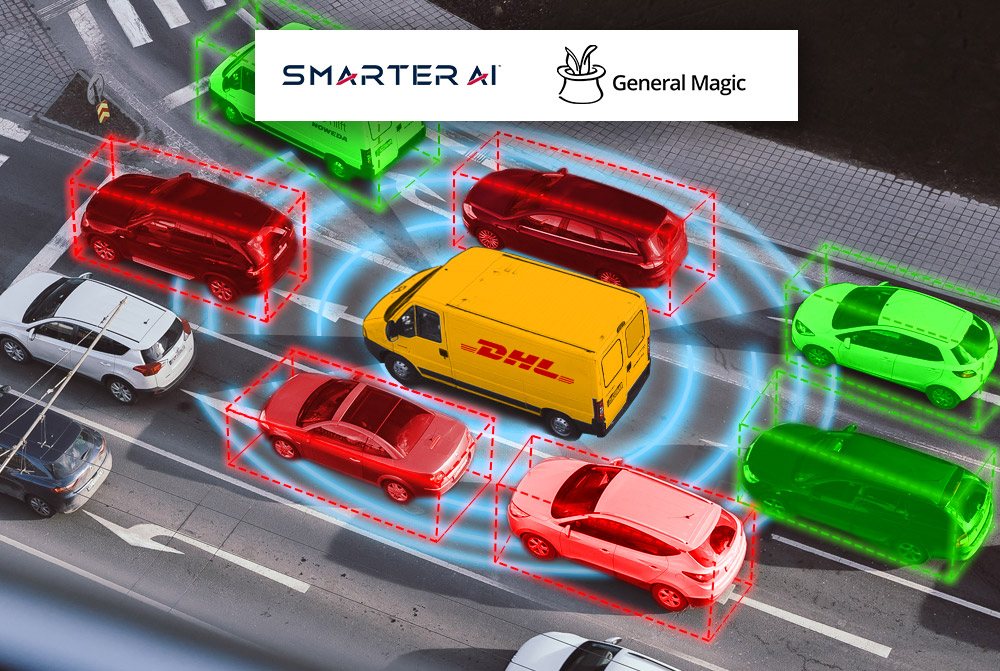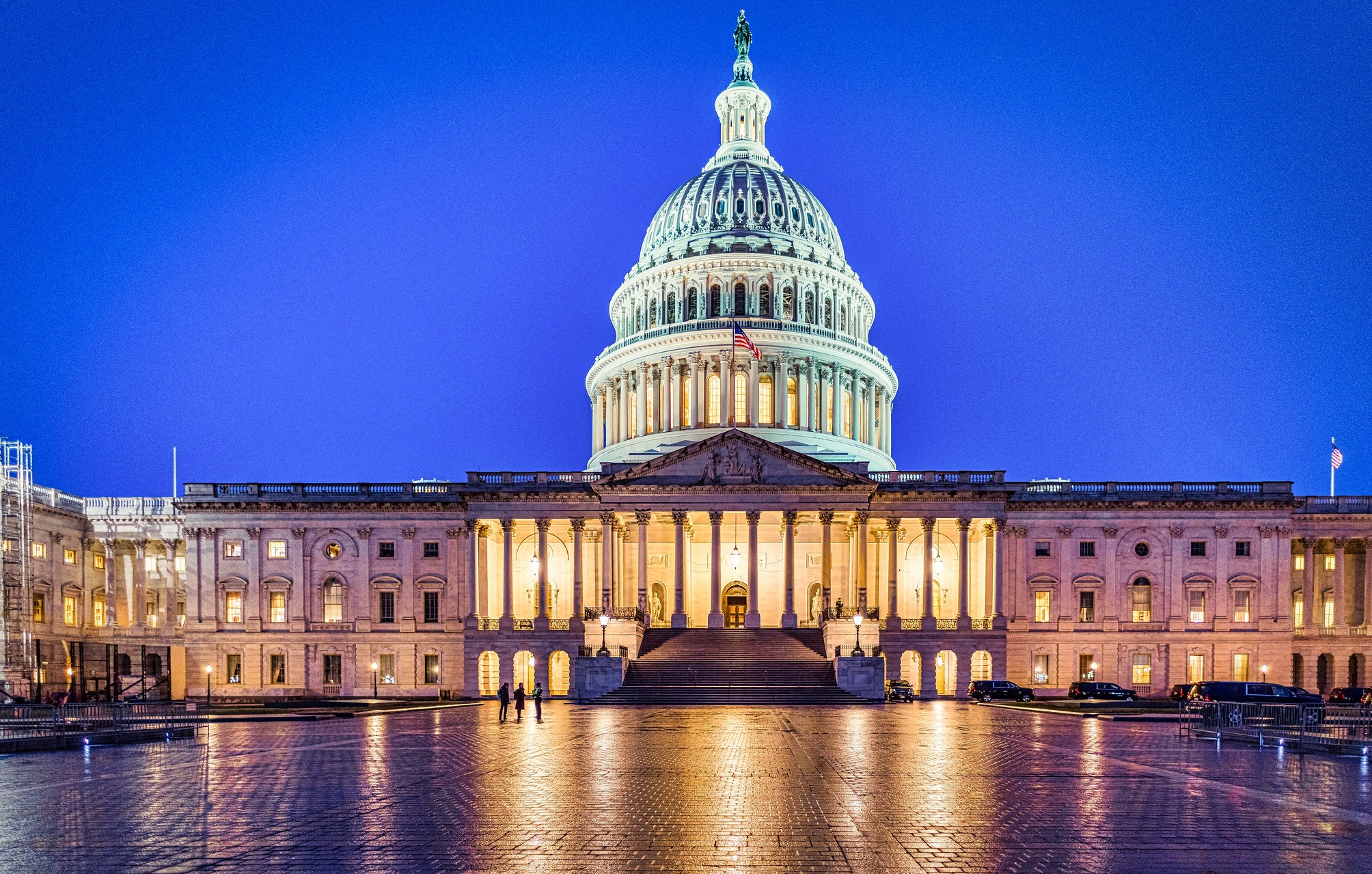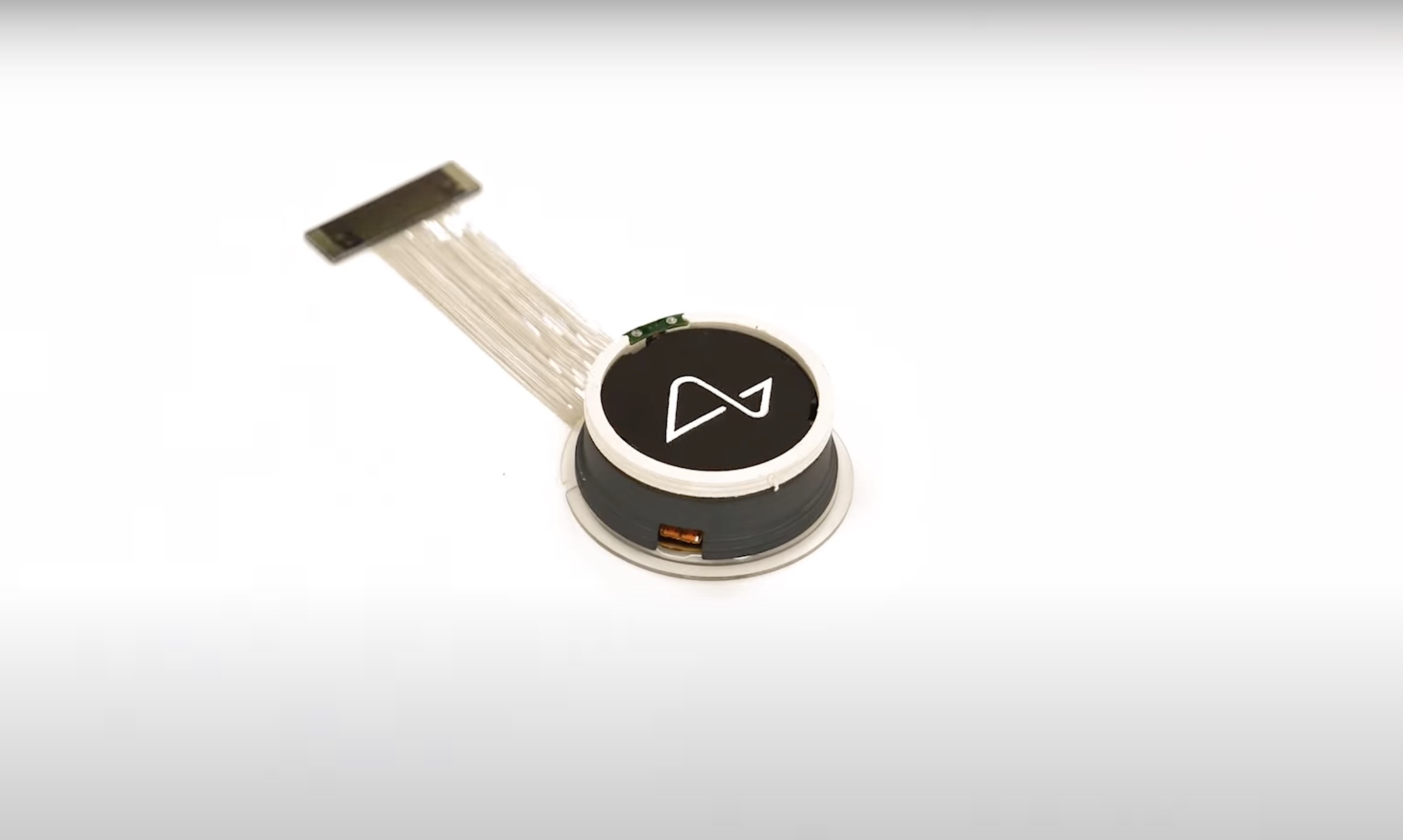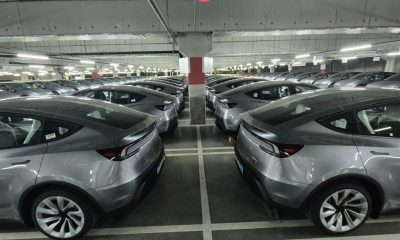

News
How Starlink & T-Mobile’s partnership will impact 5G for the better for AI cameras
Starlink and T-Mobile’s partnership will be revolutionary for cellular service and Smarter AI CEO Chris Piche had some thoughts on how the new partnership will impact 5G capability for the automotive industry.
Chris, who has created services including AT&T TV, BBM Video, Poly Video, and STUN/TURN/ICE shared his thoughts on the effect of 5G on vehicles and telecommunications in an interview with Teslarati.
AI Cameras, Tesla, Starlink & autonomous vehicles
Before founding Smarter AI, the Top 40 under 40 entrepreneur’s company created a technology that BlackBerry licensed to enable voice and video calling. This gave Chris a front-row seat to witness the speed at which technology can transform markets.
Smarter AI is a software platform for artificial intelligence cameras.
“Smarter AI is to cameras as Android and iOS are to phones,” he told me. The company’s first vertical market is focusing on transportation. Vehicle camera systems such as dash cams or other camera systems for larger vehicles are in this market.
“The connection here with Tesla, Starlink, and T-Mobile is all around autonomous transportation. Today’s autonomous transportation whether it’s in Tesla or another kind of vehicle all relies on line of sight situational awareness. In Tesla’s case, they rely on some cases exclusively and other cases primarily on cameras and computer vision to try to understand what’s happening around the car.”
“Many of their competitors use LiDAR and don’t rely on cameras. But in both cases, it’s all based on line of sight. What they can actually see in a straight line.”
Seeing beyond the line of sight
Chris told me that one of the new technologies that Smarter AI and other companies are developing is called vehicle to vehicle (V2V) or vehicle to everything else (V2X).
“These technologies enable cars to see beyond line of sight. Imagine you’re coming to an intersection and are planning to take a turn.”
Instead of waiting to see what’s ahead of you on the street, you’re turning on to, the technology will tell you exactly what is ahead. There could be a stopped car, a pedestrian about to jaywalk, or some type of temporary obstruction that you are unaware of.
“Imagine if there was a camera system located at the intersection. Imagine that as your vehicle is approaching that intersection, your vehicle could communicate with the camera and the camera could tell your vehicle that there’s some sort of obstacle.”
An autonomous vehicle would use this information to determine whether or not it can make that turn. This technology, Chris told me, relies on high-capacity and high-availability communications networks such as 5G.
Starlink & T-Mobile’s partnership could help with the challenges of implementing V2V and V2X
“One of the challenges with implementing technologies like V2V or V2X on top of 5G is that 5G deployments tend to be pretty good and getting better in large urban areas.”
5G is pretty spotty in Baton Rouge and personally, 4G LTE works faster than 5G does for me although there’s a tower across the street from me. Chris, who is in Las Vegas, said that the coverage is pretty good for his friend with AT&T. He doesn’t have AT&T and his coverage is pretty spotty like mine is.
“But this agreement with Starlink and T-Mobile has the promise or the potential to either eliminate or significantly reduce the spottiness in the 5G coverage and that will enable technologies that are designed on top of 5G such as V2V and V2X to work either more reliably in urban areas where 5G is already available but is a little bit spotty,” he said.
“It would also enable these technologies to work in other areas where there is no 5G. We think this is a really significant announcement in terms of the promise of autonomous transportation and bringing it much closer to being a reality.”
How V2V and V2X could improve Tesla’s Autopilot
Chris told me he’s been using Tesla’s Autopilot for around five years.
“It’s so good. It’s to the point that for the things it can see, it’s a way better driver than I am,” he said adding that when he drives for over a couple of minutes, he engages Autopilot. However, there are a couple of things that it lacks.
“It can’t see that far ahead and it lacks context. Sometimes, if there’s a car making a turn in front of my car, the Autopilot won’t understand the context that maybe this other car is momentarily in front of mine. And if I was driving, I’d keep driving. I wouldn’t take my foot off the accelerator or slam on the brakes unless I could see that something was going wrong with the turn that the other car was making.”
One way to improve Autopilot is through V2V or V2X, Chris explained.
“In V2V, my car would talk to the car that’s making the turn in front of me and they would orchestrate the speed and direction of both of the cars so that the car in front of me could make its turn and my car could continue driving without slamming on the brakes.”
“With V2X, that would enable my car to talk to the cameras, traffic lights, and intersections to gain situational awareness about either other cars that aren’t equipped with the same technology or about other objects such as bicycles, pedestrians, or other obstacles on the street.”
Note: Johnna is a Tesla shareholder and supports its mission.
Your feedback is important. If you have any comments, or concerns, or see a typo, you can email me at johnna@teslarati.com. You can also reach me on Twitter at @JohnnaCrider1.
Teslarati is now on TikTok. Follow us for interactive news & more.
News
Volkswagen teams with Uber for robotaxi service with the ID. Buzz
Volkswagen and Uber team up to launch a driverless ID. Buzz robotaxi fleet in U.S. cities. Testing starts in LA this year.

Volkswagen of America and Uber unveiled a plan to launch a commercial robotaxi service using autonomous electric ID. Buzz vehicles across U.S. cities over the next decade. The partnership marks a significant step for Volkswagen’s autonomous vehicle ambitions, leveraging Uber’s ride-hailing expertise.
The service will debut in Los Angeles by late 2026, with human safety operators initially overseeing the fleet before transitioning to fully driverless operations in 2027. Volkswagen ADMT, the German automaker’s autonomous subsidiary, will begin testing in Los Angeles later this year upon securing a testing permit from the California Department of Motor Vehicles. The California Public Utilities Commission will oversee permits for the commercial ride-hailing phase.
“Volkswagen is not just a car manufacturer — we are shaping the future of mobility, and our collaboration with Uber accelerates that vision,” said Christian Senger, CEO of Volkswagen Autonomous Mobility. “What really sets us apart is our ability to combine the best of both worlds–high-volume manufacturing expertise with cutting-edge technology and a deep understanding of urban mobility needs.”
The Trump administration’s recent policy shift, announced last Thursday by Transportation Secretary Sean Duffy, supports initiatives like VW and Uber’s partnerships by easing federal safety rules and crash reporting requirements on autonomous vehicle development. According to Duffy, the United States government wants to outpace Chinese competitors in autonomous vehicle development.
Volkswagen ADMT, which launched publicly in July 2023, has been testing 10 ID. Buzz vehicles equipped with Mobileye’s autonomous technology in Austin, reported TechCrunch. Two years ago, Volkswagen focused on selling self-driving vans and fleet management software rather than building its own ride-hailing service. VW’s strategy toward autonomous vehicles appears to have shifted, as reflected in its Uber partnership.
Uber will strengthen its autonomous vehicle portfolio through its partnership with Volkswagen. The ride-hailing service company has secured deals with over 14 firms, including Waymo in Austin and a forthcoming launch in Atlanta.
The Volkswagen-Uber collaboration positions both companies to capitalize on the growing robotaxi market. With testing imminent and regulatory support increasing, the ID. Buzz fleet could redefine urban mobility, blending Volkswagen’s manufacturing prowess with Uber’s ride-hailing network to compete in the evolving autonomous vehicle landscape.
News
These automakers are pushing to overturn California’s gas car ban
This lobbying group represents Detroit’s Big Three automakers, as well as several others selling vehicles in the U.S.

A lobbying group made up of several automakers is pushing Congress to ban California’s plan to phase out and ban new gas car sales altogether by 2035, ahead of a vote that could also affect the 11 other states that have followed with similar plans.
The Alliance for Automotive Innovation (AAI), an organization representing the interests of Ford, General Motors (GM), Stellantis, Toyota, Volkswagen, Hyundai, and several others, recently sent a letter to Congress requesting that it overturn a waiver granted to California letting it set its own emissions rules.
Later this week, the U.S. House of Representatives will vote on overturning the waiver granted to California under the 1968 Clean Air Act to impose the tightened standards, according to Reuters. In the previous letter, the AAI argued to Congress that automakers would be “forced to substantially reduce the number of overall vehicles for sale to inflate their proportion of electric vehicle sales,” adding that it would also boost prices and reduce competition in the market.
The waiver, enacted under the Biden administration’s Environmental Protection Agency (EPA), allows California to mandate at least 80 percent electric vehicle sales by 2035 under the Clean Air Act. The passage of disapproval of the waiver is being ushered under the Congressional Review Act, and an initial vote in the House of Representatives is set to take place on Wednesday.
READ MORE ON STATE EMISSIONS RULES: Tesla could face emissions credit tax in Washington
The U.S. Court of Appeals for the District of Columbia backed the EPA’s decision to grant the waiver last April, following a challenge from 17 Republican-run states. The group claimed that California was being given unconstitutional regulatory power in the decision, adding that other states didn’t have those same powers.
In December, the U.S. Supreme Court agreed to hear out bids from Valero, the AAI, and other groups to oppose the 2035 California gas car sales ban, which would begin phasing them out in 2026 if the waiver remains in place.
You can see the full list of members of the AAI below, including automakers and a handful of other tech companies.
Companies represented by the Alliance for Automotive Innovation (AAI)
Here’s the full list of AAI members, according to the lobbying group’s website:
- AESC
- AISIN
- Aptiv
- Autoliv
- BMW Group
- Bosch
- Denso
- Emergency Safety Solutions
- Ferrari
- Ford
- GM
- Harman
- Honda
- Hyundai
- InEos Automotive
- Infineon
- Isuzu
- Jaguar-Land Rover
- Kia
- LG
- Luminar
- Magna
- Mazda
- McLaren
- Mercedes-Benz
- Mitsubishi Motors
- Nissan
- Nuro
- Panasonic
- Porsche
- Qualcomm
- RV Industry Association
- Samsung
- SiriusXM
- SK On
- Stellantis
- Subaru
- Texas Instruments
- Toyota
- Uber
- VinFast
- Volkswagen
- Volvo
- Zoox
California proposal to allow self-driving tests for heavy-duty trucks
News
Neuralink’s third brain chip patient shares first video edited with BCI
The third Neuralink brain chip patient is the trial’s first patient with ALS and its first non-verbal patient, and he has detailed his experience regaining speech and more.

Elon Musk’s Neuralink has officially installed its brain-chip interface (BCI) into a third human patient, and the individual shared a video this week detailing his experiences gaining control of external devices and regaining the ability to talk through the use of AI.
On Monday, X user Bradford G Smith shared a video detailing his experience as the third person in the world to receive the Neuralink BCI, and as the first non-verbal patient and the first with Amyotrophic Lateral Sclerosis (ALS) to receive the implant. In the video, Smith details how the BCI works, how it’s less limiting than his previous eye tracker technology, and how it has literally helped him regain his voice through AI.
“I am typing this with my brain,” Smith wrote. “It is my primary communication.”
The video, which he says is the first edited directly with a BCI, is narrated by an AI-generated version of his old voice. Prior to the BCI, he was also unable to leave the house using his eye tracker, as it made it difficult to communicate unless he was in dark or low-light settings.
The video also shows how he’s able to connect with external devices using the BCI, with a live shots of him controlling his computer using a cursor.
You can see the full update below, which runs a little under 10 minutes.
READ MORE ON NEURALINK: Elon Musk: over 1,000 humans with Neuralink implants in 2026 is feasible
The news follows Neuralink’s initial update with Brad and other initial BCI patients, as was shared in a post on the company’s website in February. In it, Brad also explained how groundbreaking it was to be able to communicate outside and see his son win a robotics award, along with being able to consider leaving the city area for the first time in half a decade:
The most significant thing that happened this week will sound strange to you: I got to use the computer on the porch, and it worked!!
I went to [my child’s] soccer game, and the referee thought I was sleeping. I was actually able to talk outside. I [am] actually thinking about traveling outside the [city] metro [for] the first time in 5 years.
Both of Neuralink’s studies focus on restoring autonomy to people who are paraplegic through the use of external devices. The company gained initial approval from the U.S. Food and Drug Administration (FDA) to install the first BCI in a human patient in May 2023, with Noland Arbaugh being the first, a patient named Alex being the second, and Brad being the third.
Neuralink opened its Patient Registry worldwide earlier this month, allowing participants to submit to take part in the company’s initial PRIME and CONVOY studies. The firm also announced plans to operate the PRIME study out of a second location in Miami, Florida in January, after an initial location was launched in Phoenix, Arizona.
Last week, it was reported by Bloomberg that Neuralink is currently targeting a $500 million funding round at a valuation of $8.5 billion. Meanwhile, Neuralink has also been constructing office buildings near Austin, Texas, which initially aimed to be completed in May 2025.
-

 News1 week ago
News1 week agoTesla’s Hollywood Diner is finally getting close to opening
-

 Elon Musk2 weeks ago
Elon Musk2 weeks agoTesla doubles down on Robotaxi launch date, putting a big bet on its timeline
-

 News4 days ago
News4 days agoTesla is trying to make a statement with its Q2 delivery numbers
-

 News2 weeks ago
News2 weeks agoTesla’s top investor questions ahead of the Q1 2025 earnings call
-

 News2 weeks ago
News2 weeks agoUnderrated Tesla safety feature recognized by China Automotive Research Institute
-

 News2 weeks ago
News2 weeks agoTesla reveals its Q1 Supercharger voting winners, opens next round
-

 News2 weeks ago
News2 weeks agoTesla police fleet saves nearly half a million in upkeep and repair costs
-

 Investor's Corner7 days ago
Investor's Corner7 days agoLIVE BLOG: Tesla (TSLA) Q1 2025 Company Update and earnings call





















